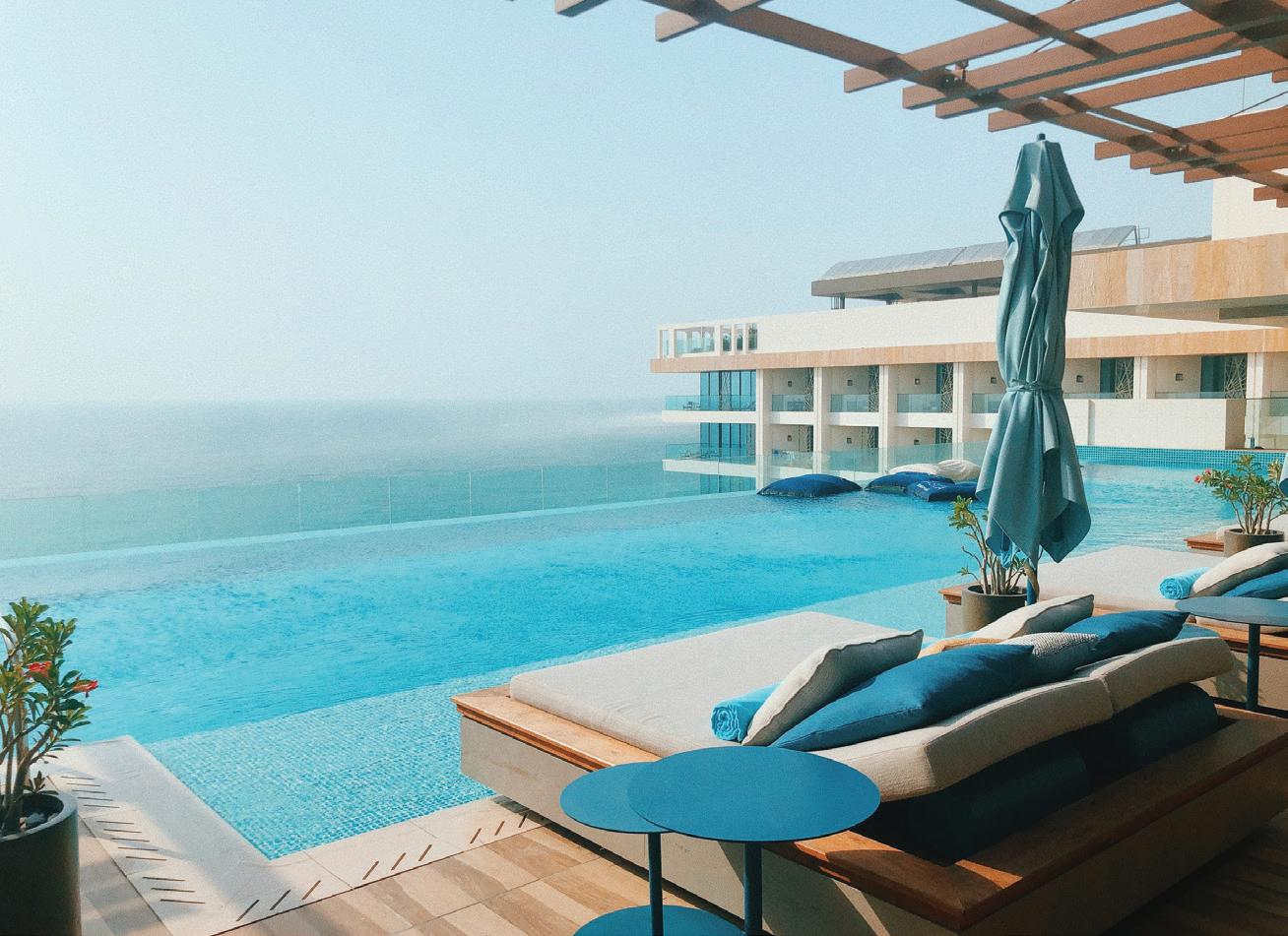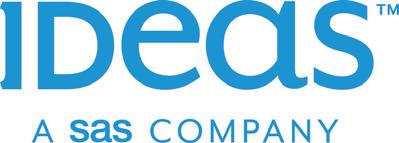
5 minute read
Grow Revenue and Guest Satisfaction through Personalised Pricing
by Murphy Mathew, Senior Regional Solutions Engineer, IDeaS Revenue Solutions
The commoditisation of Australian hotel products is currently at its peak. If guests’ book via travel portals or Online Travel Agencies (OTAs), the direct comparison of identical offers no longer shows the subtle or significant differences between hotels. Apart from the price, the offers are barely distinguishable.
In the current model, rooms are priced as units and rates are determined by demand and availability. OTAs then display these rooms in a side-by-side, competitive marketplace format where little information is provided about any of the unique qualities each unique room or property may offer.
For instance, if you’re shopping for a king room at a five-star hotel in Noosa, a guest comes across three similar listings, they’ll most likely opt for the lowest-priced option. What the booking channel can’t tell the guest is that there’s an available room with stunning sunset views that would really make their sunshine coast vacation an unforgettable experience… if only the guest knew.
Today’s hotel guests may appear to be fixated on price, but really, they want more than just a place to sleep, and whatever it is they desire, they want the highest quality version of it they can afford. Cost will always matter, of course, but hotels can start to reposition price as just one factor of the overall decision. For example, does the guest want a balcony, a view, a breakfast? These are all wishes and preferences that are often prioritised ahead of the price.
With personalised pricing, each guest would be given more options in the online booking environment. They can select the individual components of a room they want and leave off the
ones they don’t, either spending extra or getting a cheaper rate in the process.
By implementing personalised pricing, hotels can separate and categorise all their products and services into components of value. Features that are currently invisible during booking could now be brought to the surface as part of the decision-making process. This will help drive differentiation, meaning there will be less emphasis on direct price comparison with competitor products being marketed as the same thing, despite their many differences.
Through a personalised approach to pricing, hotels can dynamically price any component based on the customer’s needs. This not only helps hoteliers monetise the guest experience, but also increases the choice and level of personalisation to support guest comfort and satisfaction.

RM Magazine - Australian Revenue Management Association










